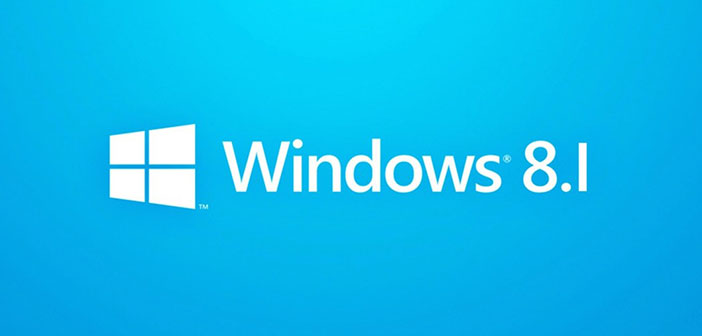Microsoft is doing everything to make a Windows system from the tablet. Before the ARM port, then the incentives to producers of 8 inches, the free licenses of Office 2013 Home & Student and before Windows 8.1 with Bing then, in the midst of a whole series of decisions more or less well-aimed but still brave and deserving of attention.
A BUILD 2014 was released the new technical requirements to have the latest Windows 8.1 on tablets. It has gone from recommended configurations 2 GB/32 GB, configurations minimum of 1 GB / 16 GB, with the clear intent to make the cheaper end products.
Windows Image File Boot
But how to install Windows 8.1 Update on a 16 GB hard disk by yourself and at the same time leave a little ‘of disk space for the user? Resorting to an old trick, a mode of installation and use of the operating system that you can revive thanks to the computing power of modern processors. The method is called WIMBoot, or Windows Image File boot.
WIMBoot allows you to have Windows 8.1 Update in just 3 GB. System uses compression / decompression system files in real time completely transparent to the user. Do not copy more on the local disk a decompressed version of the installs, but you copy and use the recovery image format. Wim (Windows image file), even compressed, accessible only by reading. It is then the system properly trained to do so, he thinks to decompress the files needed from time to time ” fishing ” right of the image.
It saves a lot of space if you do not shrink all the files on the disk. And you cannot get Windows 8.1 update in less than 3 GB, driver and recovery image (the same. Wim) included. WIMBoot is fantastic news for us because it allows us to have more free space on a tablet with 16 GB eMMC memory rather than on a 32 GB SSD.
Limitations and Compromises.
Where’s the catch? The possible latency that exists between the request that particular block of the file and have it actually available. If the system needs a library that has not used, then potentially even into RAM, it can only pick her up within the compressed image. It is instructed to do so as efficiently as possible (know the exact location of each file must not waste a byte for research) but how optimized it still needs a certain time and a certain number of calculations to be done.
I am asking the CPU resources and access to impute to the disk. If the disk is slow and if the CPU is under load, here is that you may need a period of time as perceived by the end user waiting. And the wait on a tablet is not at all synonymous with good user experience.
The question is going to make the Bay Trail SoC and economic eMMC memory to hold this load in a completely transparent? There will be trade-offs for using so little space and have a tablet so cheap? Or more than enough of a hypothetical configuration with 1GB RAM and Dual Core Atom Z3735?
Hard to say at this time. Apparently, WIMBoot works well on newer machines, but I have not read of tests on products with 1 GB of RAM. I believe that the response time of eMMC memory used is a critical aspect as well as the optimization of the software, drivers, and applications themselves.
There will be some compromise is inevitable. But it is likely that the use of tablet of small size, open some app, the check mail, news and Facebook. Contexts are totally affordable WIMBoot. We will see what will happen. Who owns one of the last tablet Bay Trails and 32 GB is a lot of leisure boldness, can try to create an iso installation with WIMBoot? The instructions are posted on the Microsoft TechNet site.

